Filter by

Constructing Virtue and Vice; Femininity and Laughter in Courtly Society (ca.…
The study examines textual representations of women’s laughter and smiling and their imagined connection to female virtue in a wide variety of discourses and contexts of the German Middle Ages, including medieval epic, ecclesiastical texts, conduct literature, lyric, and sculpture
- Edition
- 5
- ISBN/ISSN
- 9783737001199
- Collation
- -
- Series Title
- -
- Call Number
- 179.9 TRO c
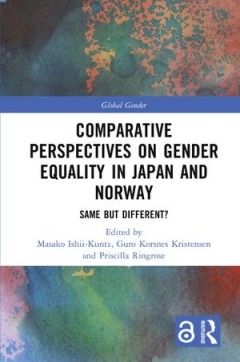
Comparative Perspectives on Gender Equality in Japan and Norway; Same but Dif…
This book compares perspectives on gender equality in Norway and Japan, focusing on family, education, media, and sexuality and reproduction as seen through a gendered lens.
- Edition
- 1
- ISBN/ISSN
- 1000528405, 9781000528404
- Collation
- -
- Series Title
- -
- Call Number
- 155.33 KUN c
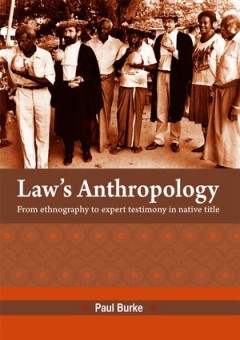
Law's Anthropology : From ethnography to expert testimony in native title
Anthropologists have been appearing as key expert witnesses in native title claims for over 20 years. Until now, however, there has been no theoretically-informed, detailed investigation of how the expert testimony of anthropologists is formed and how it is received by judges. This book examines the structure and habitus of both the field of anthropology and the juridical field and how they hav…
- Edition
- -
- ISBN/ISSN
- 9781921862434
- Collation
- -
- Series Title
- -
- Call Number
- 340 BUR l
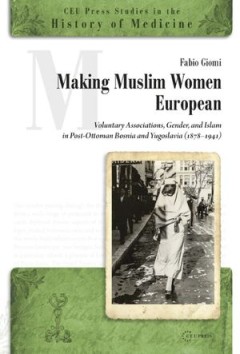
Making Muslim Women European: Voluntary Associations, Gender, and Islam in Po…
This social, cultural, and political history of Slavic Muslim women of the Yugoslav region in the first decades of the post-Ottoman era is the first to provide a comprehensive overview of the issues confronting these women. It is based on a study of voluntary associations (philanthropic, cultural, Islamic-traditionalist, and feminist) of the period. It is broadly held that Muslim women were sil…
- Edition
- -
- ISBN/ISSN
- 9789633863695
- Collation
- -
- Series Title
- -
- Call Number
- 297.092 GIO m

Religion and the COVID-19 Pandemic in Southern Africa
This book investigates the role of religion in the context of the COVID-19 pandemic in Southern Africa.Building on a diverse range of methodologies and disciplinary approaches, the book reflects on how religion, politics and health have interfaced in Southern African contexts, when faced with the sudden public health emergency caused by the pandemic. Religious actors have played a key role on t…
- Edition
- 1
- ISBN/ISSN
- 9781000542080
- Collation
- -
- Series Title
- -
- Call Number
- 291.17
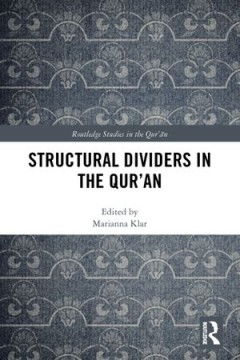
Structural Dividers in the Qur'an
This volume showcases a wide range of contemporary approaches to the identification of literary structures within Qur’anic surahs. Recent academic studies of the Qur’an have taken an increasing interest in the concept of the surah as a unity and, with it, the division of complete surahs into consecutive sections or parts. Part One presents a series of case studies focussing on individual Qu…
- Edition
- 1
- ISBN/ISSN
- 9781000210545
- Collation
- -
- Series Title
- -
- Call Number
- 297 STR s

Militant Jihadism: Today and Tomorrow
Jihadist militants keep being a global threat. Many observers suggest that a transformation is likely to happen in their organisation, operation, mobilisation, and recruitment strategies, particularly after the territorial decline of the “Caliphate” of the “Islamic State.” This volume explores different aspects of the future trajectories of militant jihadism and the prospective transfor…
- Edition
- Vol. 6.0
- ISBN/ISSN
- 9789461663023
- Collation
- -
- Series Title
- -
- Call Number
- 297.46 MIL m
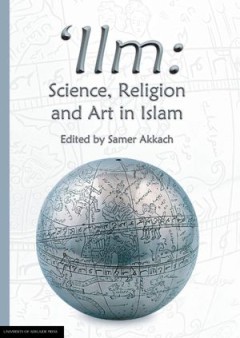
Ilm: Science, Religion and Art in Islam
This edited volume of chapters resulted from an international conference held at the University of Adelaide in July 2016 under the same title to explore the multifaceted concept of ʿilm in Islam — its agency and manifestations in the connected realms of science, religion, and the arts. The aim is to explore the Islamic civilisational responses to major shifts in the concept of ‘knowledge�…
- Edition
- -
- ISBN/ISSN
- 9781925261769
- Collation
- -
- Series Title
- -
- Call Number
- 297.673 ILM i
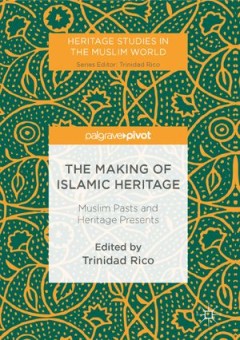
The Making of Islamic Heritage: Muslim Pasts and Heritage Presents
diversity; architecture; culture; vulnerability; conservation
- Edition
- -
- ISBN/ISSN
- 9789811040702
- Collation
- -
- Series Title
- -
- Call Number
- 297.432 RIC m
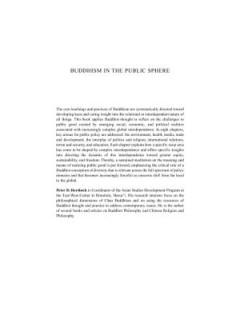
Buddhism in the Public Sphere
The core teachings and practices of Buddhism are systematically directed toward developing keen and caring insight into the relational or interdependent nature of all things. Hershock applies Buddhist thought to reflect on the challenges to public good, created by emerging social, economic, and political realities associated with increasingly complex global interdependence. In eight chapters, t…
- Edition
- -
- ISBN/ISSN
- 9780203970126
- Collation
- -
- Series Title
- -
- Call Number
- 294.3 HER b
 Computer Science, Information & General Works
Computer Science, Information & General Works  Philosophy & Psychology
Philosophy & Psychology  Religion
Religion  Social Sciences
Social Sciences  Language
Language  Pure Science
Pure Science  Applied Sciences
Applied Sciences  Art & Recreation
Art & Recreation  Literature
Literature  History & Geography
History & Geography